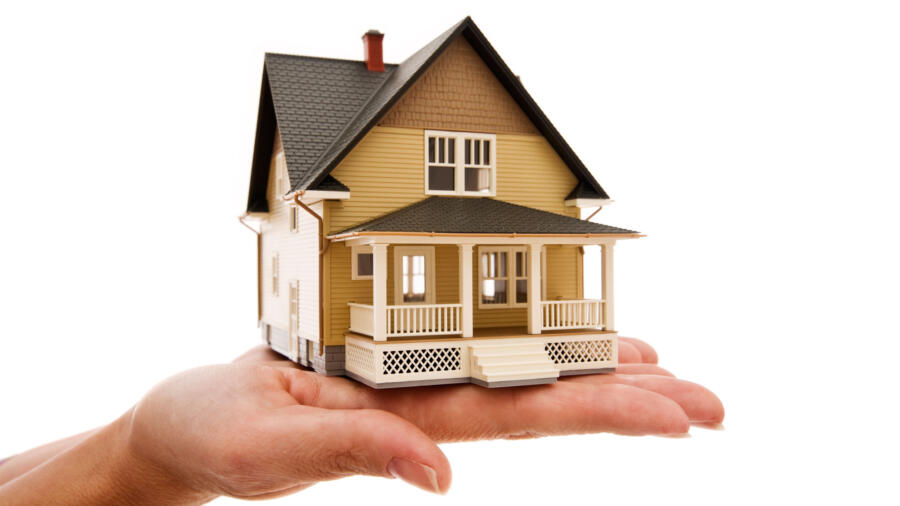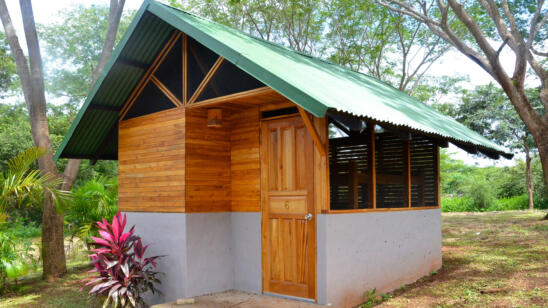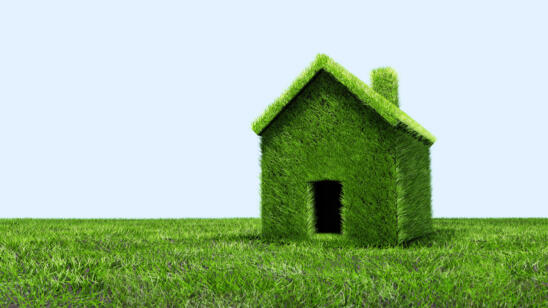Maybe you’ve heard the term “tiny house,” and maybe you’ve even heard about the TV show, Tiny House Nation. But what, you may still be wondering, is a tiny house? It’s not a den for dolls or a kid-sized play space. No, a tiny house is just what it sounds like: a small-scale home meant for people with full lives.
Just how tiny is tiny?
Typically measuring between 100 and 400 square feet, tiny houses are about intentionally living with less space—even while most Americans continue to want more. (In the last 40 years, the average single family house in America has ballooned from approximately 1,500 square feet to nearly 2,700—all while the average American family has been shrinking.) But living tiny isn’t about living without. Though seemingly petite from the outside, these mini homes tend to have full kitchens, bedrooms, bathrooms and lounge areas. Most even have outdoor space in the form of a porch or terrace. And although rooms in tiny houses are more like segmented areas, tiny home owners are great at finding ways of packing a lot of living into a very small space.
What do tiny houses look like?
The sky’s the limit for tiny house design. Mini colonials, teeny Tudors, micro-minimal moderns–whatever your style, there’s a tiny house to fit it. Similar to any average American home, tiny homes can have any style, be it clad in classic cedar shingles or enveloped in cool corrugated steel. Many tiny homes start out as either trailers, shipping containers, pre-fab cottages or sheds that get converted into fully functional homes, or they’re built from the ground up by their owners. These DIY masterpieces not only save their crafty owners a lot of cost, but also give them a chance to show the world what they can build.
Why choose tiny?
The reasons for going tiny are far and wide. Some people want to minimize their footprint by minimizing their square-footage, while others choose tiny living for ecological reasons: a smaller house means less material is required to build, less land to support it and less energy to heat or cool it. A tiny house is also much easier on your pockets, as the costs to furnish, heat, maintain and pay taxes on your home is much lower. So it’s not surprising that 55 percent of tiny home owners have more savings than tenants in larger homes.
Who lives in ‘em?
From young people who want a home without getting into a huge amount of debt to middle-aged folks who want to take their home on the road, there’s no magic age for tiny house tenants. According to The Tiny Life, two out of every five tiny home owners are over 50. In addition, women buy tiny more than men and more graduate school alums go tiny than undergraduates. And add one more point to the economic column, as tiny homeowners are also more likely to own their home outright, with 78 percent of them living without a mortgage.


